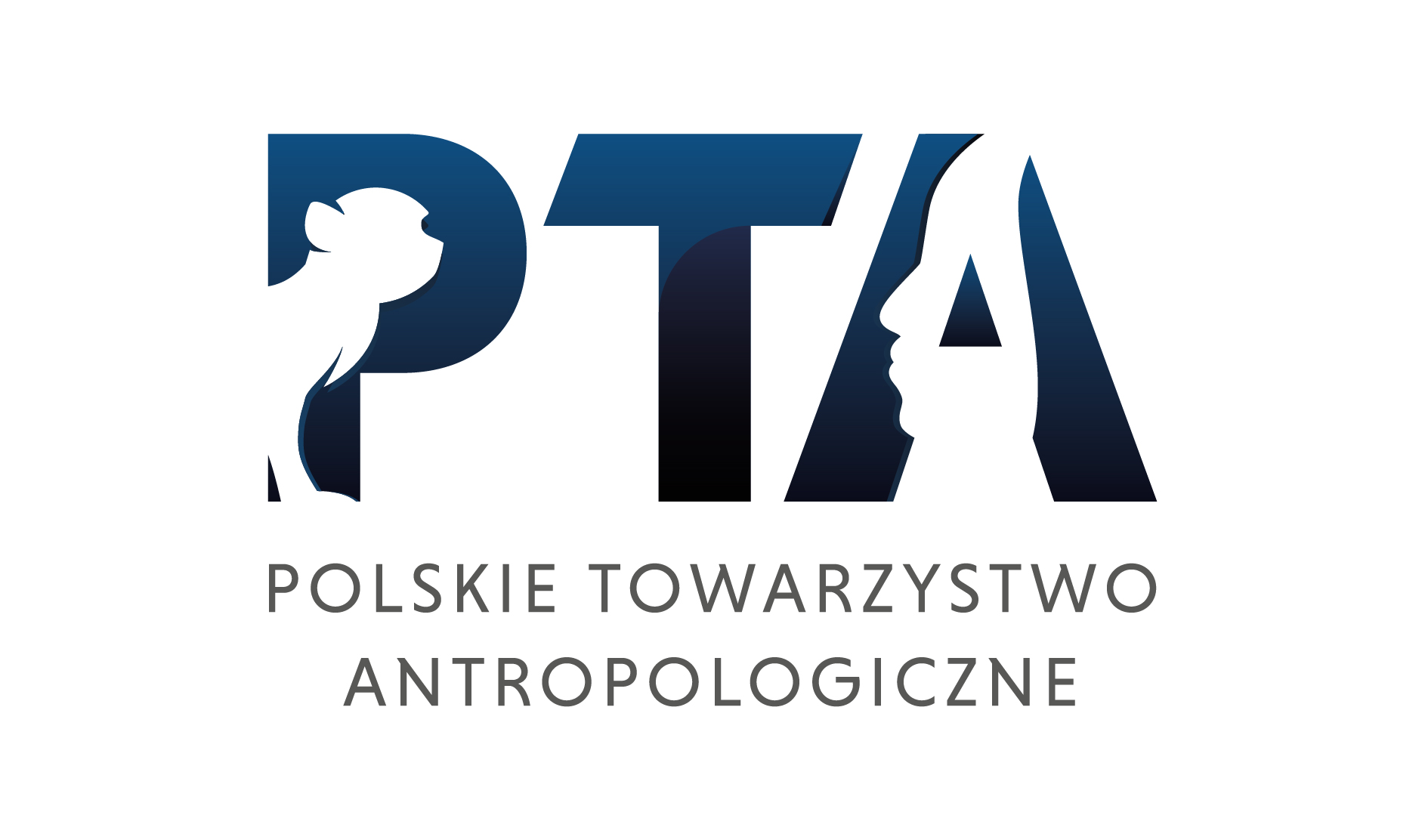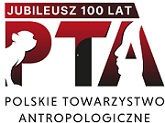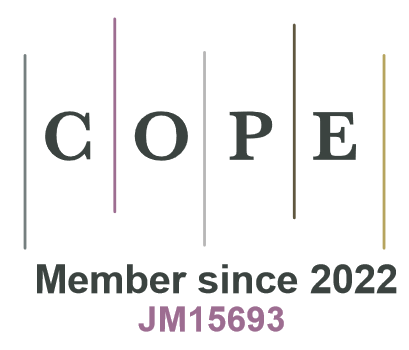Anthropomorphology of the sartorial muscle (m. sartorius) in ontogenesis of man
DOI:
https://doi.org/10.18778/1898-6773.40.1.09Abstract
Research work has been carried out on 17 fetuses of both sexes their Si ranging from 41 - 175 mm (9 - 20 week) and on 30 extremities of adult subjects. The sartorial muscle was studied by describing it and a number of measurements was taken, afterwards indices were calculated: to make a comparision of fetuses who have Si ranging from 41-175 mm (9 - 20 week) with fetuses studied by Kołaczkowski and Burchardt [6] whose Si were from 195-320 mm (21-39 week) and with adult subjects.
It was found in fetuses having Si from 41 - 175 mm that their farthest point from which the fleshy part of muscle descends more frequently lies above the fissure of the knee joint (29.5%) than in fetuses with Si ranging from 195 - 320 mm — (2.0%). In adult subjects on the other hand the fleshy part of the muscle is being transformed into its tendon above the fissure of the knee joint in as much as 46.7%. While the fetuses grow older their relative length of the fleshy part of the sartorial muscle also increases. In the period beyond the fetal stage this length is shorter with male subjects whereas in female subjects it is greater than in fetuses whose Si ranges from 195 - 320 mm (21 - 39 week). The farthest point of descending of muscular fibres as well as the farthest point.of terminal attachement of the sartorial muscle decreases while the fetuses grow older whereas in the period bey- ond the fetal stage the relative length of the fleshy part as well as the length of the tendon of the muscle become shorter.
Downloads
References
Bochenek A., Reicher M., Anatomia człowieka, t. I, PZWL, Warszawa 1968.
View in Google Scholar
Dega W., Badania z dziedziny etiologii wrodzonego zwichnięcia biodra, Chirurgia Narządów Ruchu, Warszawa 1932, t. V, z. 2, 100 - 101.
View in Google Scholar
Godycki M., Zarys antropometrii, PWN, Warszawa 1956.
View in Google Scholar
Guilford J. P., Podstawowe metody statystyczne w psychologii i pedagogice, PWN, Warszawa 1964.
View in Google Scholar
Henle J., Zarys anatomii człowieka, Warszawa 1916.
View in Google Scholar
Kołaczkowski Z., Burchardt W., Mięsień krawiecki (m. sartorius) u płodów ludzkich, Roczn. Nauk. WSWF Poznań, 1971, z. 19, 181 - 189.
View in Google Scholar
Kołaczkowski Z., Toboła S., Rzadko spotykany przypadek przyczepu mięśnia krawieckiego (m. sartorius) u człowieka dorosłego. Przegl. Antrop. Poznań 1972, t. 38, z. 2, 243 - 247.
View in Google Scholar
Loth E., Anthropologie des Parties Molles, Varsovie 1931.
View in Google Scholar
Poplewski R., Anatomia ssaków, Warszawa 1948.
View in Google Scholar
Testut L., Latarjet A., Traité d’anatomie humaine, t. I, Paris 1928.
View in Google Scholar
Downloads
Published
How to Cite
Issue
Section
License

This work is licensed under a Creative Commons Attribution-NonCommercial-NoDerivatives 4.0 International License.








